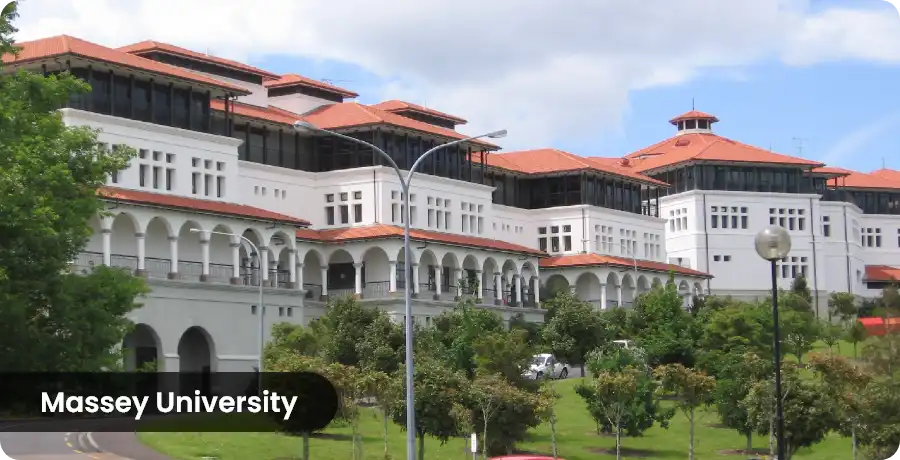Types of Intake and Seasons
The universities and institutes in New Zealand have two significant intakes. Students can apply for admission during those intakes to acquire a seat in the desired course in the universities or institutes of New Zealand. The two major intakes in New Zealand that most people enroll in for admission are January/ February intake and July intake. However, these intakes might vary in some cases based on the chosen course and university.
January/February Intake
Some of the essential tips and pointers that shouldn’t be missed while applying for January/February intake are as follows,
-
To apply for the January/February intake, the candidates must start planning in March and April.
-
The candidates must list universities and courses of interest during April and May and gather necessary information like eligibility criteria, admission process, and more to apply.
-
Students must appear for foreign entrance exams like the GRE, GMAT, TOEFL, IELTS, or PTE between June and November is ideal.
-
In August and September, while appearing for the foreign entrance exams, students must start applying for the universities and courses of their choice.
-
The university will probably send the offer letter in October and November. The selected students can confirm their enrollment by accepting the offer letter.
-
After accepting the offer letter, the students must apply for education loans and scholarships in November and December.
-
The students must get their visas and prepare for departure in December and January.
July Intake
-
The candidates must start planning in August to apply for the January/February intake.
-
The candidates must list universities and courses of interest during August and November and gather necessary information like eligibility criteria, admission process, and more to apply.
-
Students must appear for foreign entrance exams like GRE, GMAT, TOEFL, IELTS, or PTE between November and February.
-
Students must start applying for the universities and courses they choose in February and March while appearing for the foreign entrance exams.
-
The university will probably send the offer letter in March and April. The selected students can confirm their enrollment by accepting the offer letter.
-
After accepting the offer letter, the students must apply for education loans and scholarships in April and July.
-
The students must get their visas and prepare for departure in June and July.
Documents Required for the Intakes in Universities and Institutes in New Zealand
Some of the essential documents that are mandatory to apply for admission in these intakes are listed,
-
Foreign entrance exam certifications and test scores for PTE, TOEFL, IELTS, and more as proof of English language proficiency.
-
Letter of recommendation or reference letters from college or employees.
-
A well-structured and fully drafted statement of purpose.
-
Proof of financial support to fund the course with the necessary documents.
-
Scorecards of GRE and GMAT while applying for postgraduate degree programs.
-
An updated resume with all the necessary details.
Why Indian Students are Applying for Intakes in New Zealand
There are numerous reasons that push Indian students to apply for intakes in New Zealand. Some of the crucial factors that motivate the Indian students are,
-
The education system in New Zealand predominantly focuses on the overall growth and development of the students as it incorporates a student-centric approach.
-
New Zealand incorporates various top universities known for its global reputation. Students enrolling in those universities look forward to a promising career.
-
There are no limits to the number of attempts for English language proficiency exams while applying for intakes in New Zealand.
-
The job opportunities and career enhancements are ample for Indian students in New Zealand universities and institutes.
-
Due to its vast number of international students, New Zealand is predominantly known for its inclusivity and cultural diversity, embracing all cultures.
-
There are extensive scholarship opportunities for international students offered by New Zealand universities that make it easy for the students in their financial end.







.png)

.webp)


